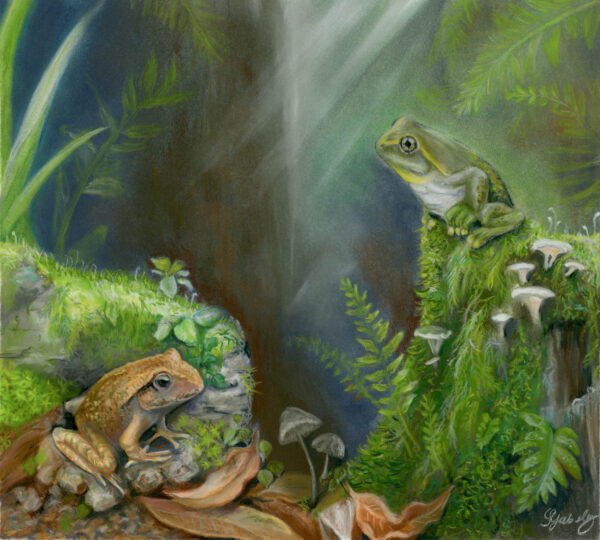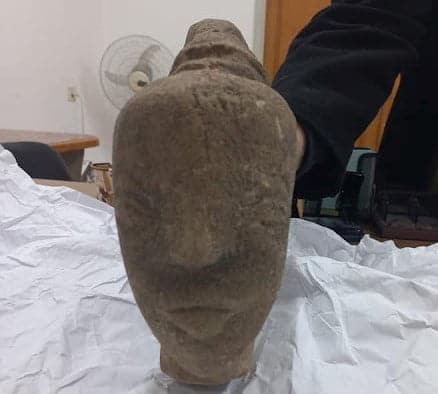A UNSW palaeontology team says the fossils of an unknown tree frog species at least 22 million years older than any before it was unearthed at Murgon, Queensland, and is giving them cause to rethink.
In a study published in the Journal of Vertebrate Palaeontology, they say that the discovery pushes the history of Australian tree frogs almost back to when Australia was physically linked to South America some 55 million years ago.
This new species (Litoria tylerantiqua) — named after the late Michael Tyler, an Australian herpetologist globally celebrated for his research on frogs and toads — shows distant links to its South American ‘cousins’, the UNSW palaeontologists explain.
The evolution of Australian and South American tree frogs is believed to have diverged about 33 million years ago — until Litoria was unearthed, the new study says.
“Our research indicates that that date (evolutionary divergence) is at least 22 million years too young,” says study lead author Dr Roy Farman, an adjunct associate lecturer with UNSW’s School of Biological, Earth and Environmental Sciences.
He says previous estimates of dates were based on molecular clock studies, a method scientists use to determine when different species split from a common ancestor by looking at the rate of genetic changes over time.
This method had suggested that Australian and South American tree frogs separated about 33 million years ago; the earliest Australian frog fossils previously found in the Northern Territory, South Australia and Queensland date to about 26 million years ago.
“While molecular studies are important for understanding the evolutionary relationships of different groups of animals, these studies should be calibrated using knowledge from the fossil record,” Dr Farman says.
“In this case the fossil record provides a more accurate time for separation of the southern world’s tree frogs.”

NEW TECHNOLOGY
The study authors used CT scans of spirit-preserved frogs from museum collections to compare the three-dimensional shape of fossil bones to those of living species.
This method, they say, was only used on frog fossils once before but it allowed them to unravel the relationships of these fossils to all other groups of frogs, living and extinct.
“We had a real problem at the start of this study because the pelvic bones of most living frogs were invisible inside whole pickled frogs rather than available for study as skeletons,” Dr Farman says.
He says museums want to preserve their specimens so they had to make CT scans of them to create 3D models of their skeletons.
“… we were able to determine from the shape of a fossil that this Murgon species of frog is more closely related to Australian than South American tree frogs.”
LESSONS FOR TODAY
This Litoria species still has living relatives in Australia and New Guinea, Dr Farman says.
“Despite their delicate nature, frogs have been surprisingly successful at surviving mass extinction events since their origins about 250 million years ago, including the mass extinction 66 million years ago that took out non-flying dinosaurs,” he says.
Dr Farman says that modern species such as the southern corroboree frog are threatened by climate change, but the fossils hold some clues.
The authors say that if the fossil record shows physically similar frogs living in very different habitats, today’s frogs may benefit by being reintroduced into similar environments.
“Although global extinction events triggered by human activities – such as rapid climate change and the spread of chytrid fungus – may be among the worst challenges frogs have had to face, the fossil record could reveal how some frog groups overcame previous challenges, perhaps by adapting to new, less-threatening habitats.
“This could provide clues about how we might be able to help by translocating some threatened frogs into more future-secure habitats.”






